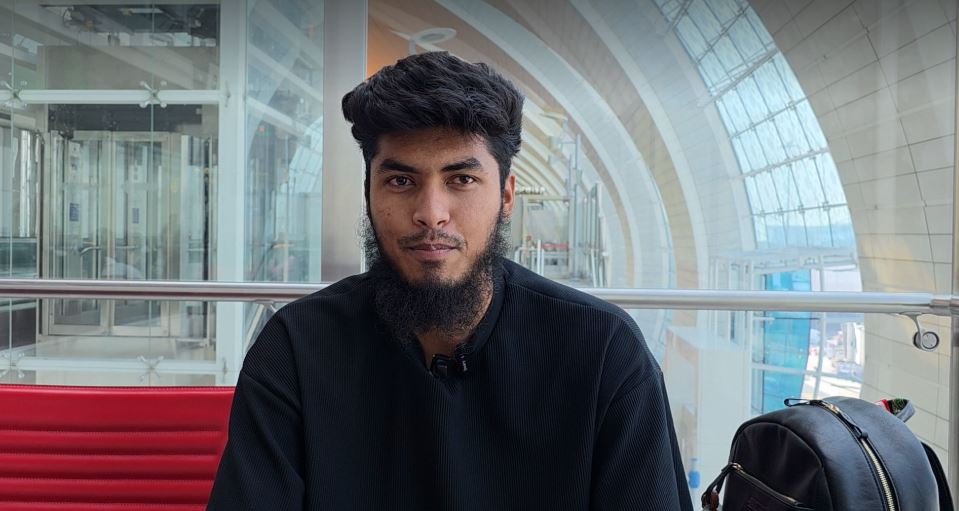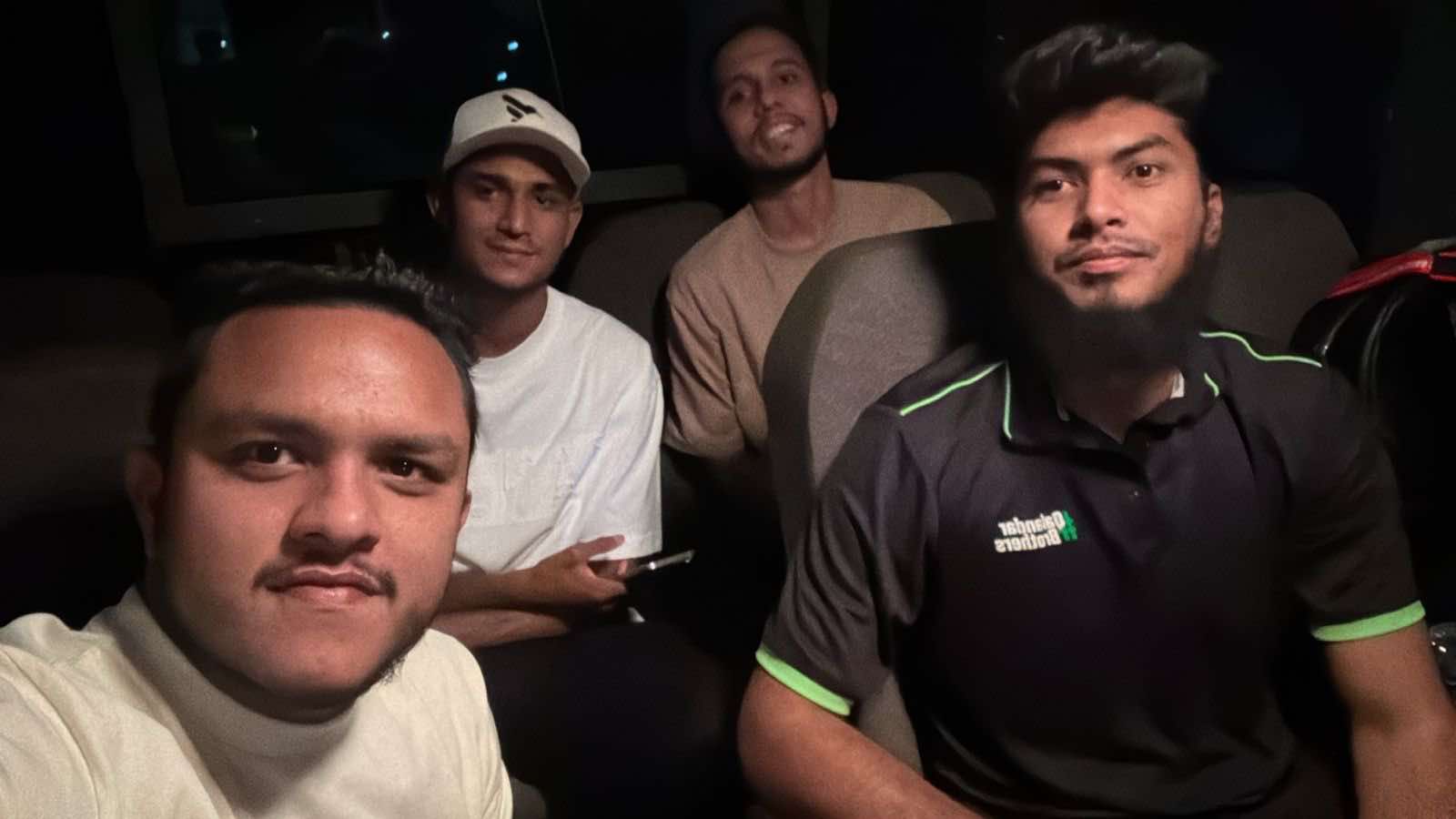Shorna, Disha, Marufa heading to the Women's T20 WC

Marufa Akter

|| ICC ||
Shorna Akter (Bangladesh)
Shorna Akter delivered several impressive performances in the U19 World Cup to cement her spot in the Bangladesh senior squad.
The internationally uncapped player played a crucial role in two confidence-boosting wins for the Tigresses in the warm-up games. Her 20* from 21 and 78* from 38 against South Africa and India respectively, helped Bangladesh to tight wins.
Come the tournament proper, she continued to shine in bigger challenges. Shorna’s 23* from 18 helped Bangladesh overhaul Australia’s total of 130 in the big opening-day win, while her blistering 50* from 28 helped them to a winning total against Sri Lanka.
Being an all-rounder adds to her usefulness, and she can be turned to for four handy overs of leg spin if needed.
Disha Biswas (Bangladesh)
The Bangladesh U19 skipper has shone over the last few months. Disha Biswas featured in the home matches against Malaysia in September, where she picked up eight wickets, and she was subsequently picked for the tour of New Zealand.
In South Africa with the U19s she picked up five wickets at an average of 23.2.
Besides her bowling and leadership skills, she is also a handy batter, and can add crucial runs lower down the order.
Marufa Akter (Bangladesh)
Like Biswas and Dilara, Marufa Akter was also a part of the Bangladesh squad that toured New Zealand. She picked up 2/22 on her T20I debut, accounting for Sophie Devine and Plimmer.
The handy seamer impressed in South Africa for the U19s. She picked up 3/13 in the warm-up win against the hosts, and finished with eight wickets at an average of 12.12 in the tournament.
Marufa has proven to be equally effective with the new ball and in the latter overs. She has also demonstrated the ability to break partnerships.

Fran Jonas (New Zealand)
Marked as a cricketer with international pedigree early on in her career, Fran Jonas was the youngest player to receive a development contract with the New Zealand women’s cricket side back in 2020. Her slow left-arm orthodox bowling has been particularly effective in T20Is, garnering her 13 wickets at an average of 13.46 and a miserly economy of 4.08.
onas was originally a part of the New Zealand squad for the U19 Women’s T20 World Cup, but was withdrawn after picking up a calf injury. She was given a two-week rehabilitation time frame, which means that the bowler is expected to be available for the Women’s T20 World Cup despite her lack of U19 action.
Georgia Plimmer (New Zealand)
The right-handed batter from Wellington has enjoyed a solid outing in the World Cup so far, scoring 120 runs at a strike rate of 157.89.
Her standout knocks include a 41* from 22 against West Indies and 53 from 38 against Pakistan.
While she has floated around the top and middle order for the senior side, during the U19 World Cup Plimmer played as a top-order batter.
Georgina Dempsey (Ireland)
The Ireland medium-fast bowler is also a useful lower-order batter for the senior side. The new ball bowler has impressive economy rates in ODIs (4.8) and T20Is (7.16), and is often relied upon to rein in the opposition’s scoring rates.
For the U19 team, she takes the ball and bats in the middle order. She was disciplined with the ball in the group stages, returning 0/24 against West Indies, 1/27 against New Zealand and 1/5 against Indonesia. She also displayed her batting skills with a 50 from 38 against Indonesia.
Still a student like her countrymate Hunter, Dempsey will look to excel in the sterner cricketing examinations to come at the senior tournament.




